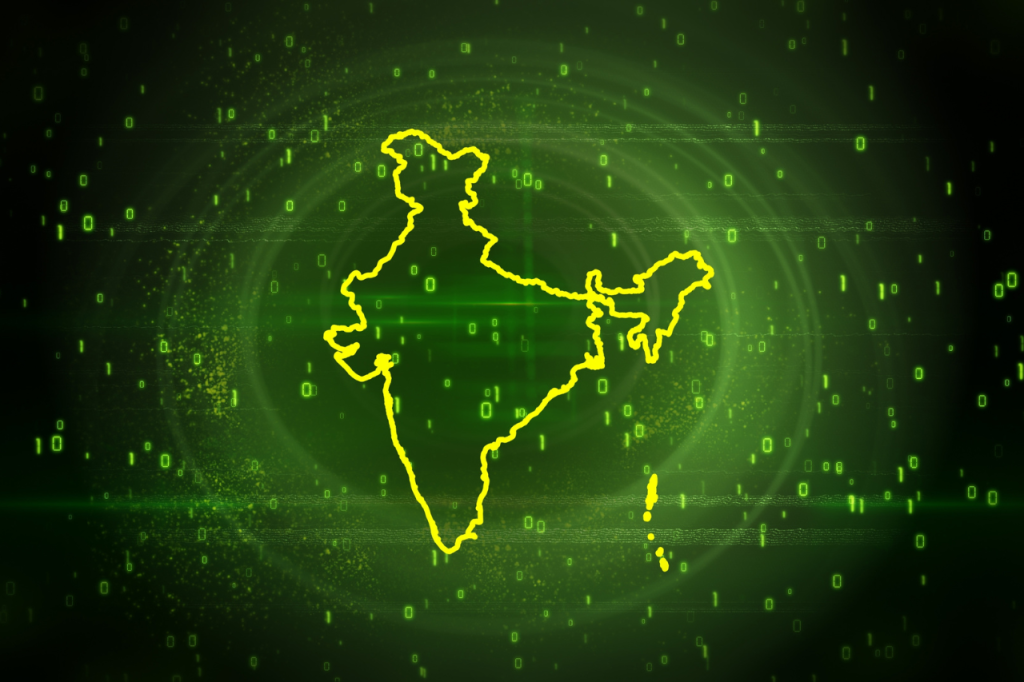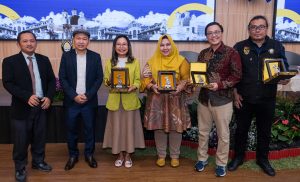One ambitious national agreement later, research access in India has started to look significantly different. Driven by the country’s open science vision, India’s One Nation One Subscription (ONOS) initiative is a bold move by the Indian government to democratize and streamline access to academic content across the country. In the first phase, ONOS has opened access to nearly 13,000 e-journals from 30 major publishers, and nearly 18 million researchers and students from more than 6,300 publicly funded institutions are set to benefit from it.
ONOS isn’t just a shift in access—it’s a call for strategic reinvention
Until now, much of a publisher’s influence in India came from institutional subscriptions, and researchers’ access to journals depended on their institution’s subscription choices. ONOS has changed that—researchers can now access a wide range of journals regardless of institutional affiliation. What does this mean for publishers?
While ONOS may seem like a disruption, it’s actually an opportunity for publishers. ONOS opens the door to one of the world’s fastest-growing research economies. It increases the visibility of journals that were once behind paywalls and brings them to millions of new researchers, presenting an opportunity for publishers to connect with a broader and more diverse research community—including those in tier 2 and tier 3 Indian cities.
On the other hand, it has leveled the playing field in terms of accessibility and visibility. When all researchers can access the same journals, the decision of where to publish becomes more about what value a journal adds to their work rather than availability. Researchers now have the freedom to explore a much wider set of publishing options. For publishers, this signals the need to rethink their engagement strategy.
What publishers can do
- Shift the focus to individual researchers
Instead of focusing on libraries and institutions, publishers must now focus on the individual researcher. That means thinking more carefully about who is reading their content, how those readers engage with it, and what researchers are really looking for when choosing where to publish. Researchers today seek more than just a journal; they want a seamless publishing experience, access to services and tools that can reduce the time to publication, and greater visibility for their work. Publishers now have the opportunity to show Indian researchers why their journal is a strong choice for those who want to share meaningful work, build visibility, and grow their academic presence. The new landscape ONOS has created isn’t just about access; it’s also about publishers being able to stand out in this emerging research landscape.
- Invest in building long-term value
The ONOS model places the responsibility on publishers to demonstrate why their journal is the right place to publish, so publishers must align with researchers’ needs. Meeting these expectations takes more than transactional interactions. It calls for an author-centered strategy, built around what researchers value and what they need to succeed.
Loyalty is built when the publishing experience goes beyond supporting the author until the final PDF stage. Whether it’s post-publication visibility, recognition programs, or simply clearer support at each stage, these efforts signal a long-term commitment. They indicate to Indian researchers that the journal is invested in helping their work make an impact. This kind of support sends a message—we don’t just publish your work; we help you grow your impact, helping build trust and encouraging authors to return.
- Localize the strategy, not just the messaging
Localization isn’t just about creating initiatives for Indian researchers; it’s about genuinely understanding their needs and building meaningful connections. India is incredibly diverse—not just in languages, but also when it comes to research priorities and regional and cultural contexts. What resonates in one region might not land the same way in another. That means publishers need more than broad visibility efforts—they need regional relevance, local stories, and, in some cases, multilingual communication. Their strategies should take into account how research is prioritized, conducted, published, and shared across India’s many academic settings. This kind of localization is what can help a journal become trustworthy and relevant.
- Act early and collaboratively
ONOS as a model will keep evolving. Instead of waiting for the next agreement cycle or renewal, publishers should start building relationships with government agencies, research funders, and coordinating bodies like the Information and Library Network (INFLIBNET). A robust engagement strategy, paired with ongoing awareness of policy changes in this shifting academic space, can help publishers both participate in and lead critical conversations. The more publishers understand national research priorities, policy directions, and institutional needs, the more likely they are to play a role in shaping licensing terms and publishing strategies that work.
Conclusion
ONOS changes not just how Indian students and researchers access research, but also how publishers engage with one of the world’s most dynamic research communities. For publishers, this is a chance to take an active role in supporting India’s research goals. With thoughtful and adaptive strategies, publishers can maintain their relevance and help shape the next phase of global research engagement.
Want to learn how we can support you in adapting your outreach strategy and making the most of the ONOS initiative? Get in touch with us today.









